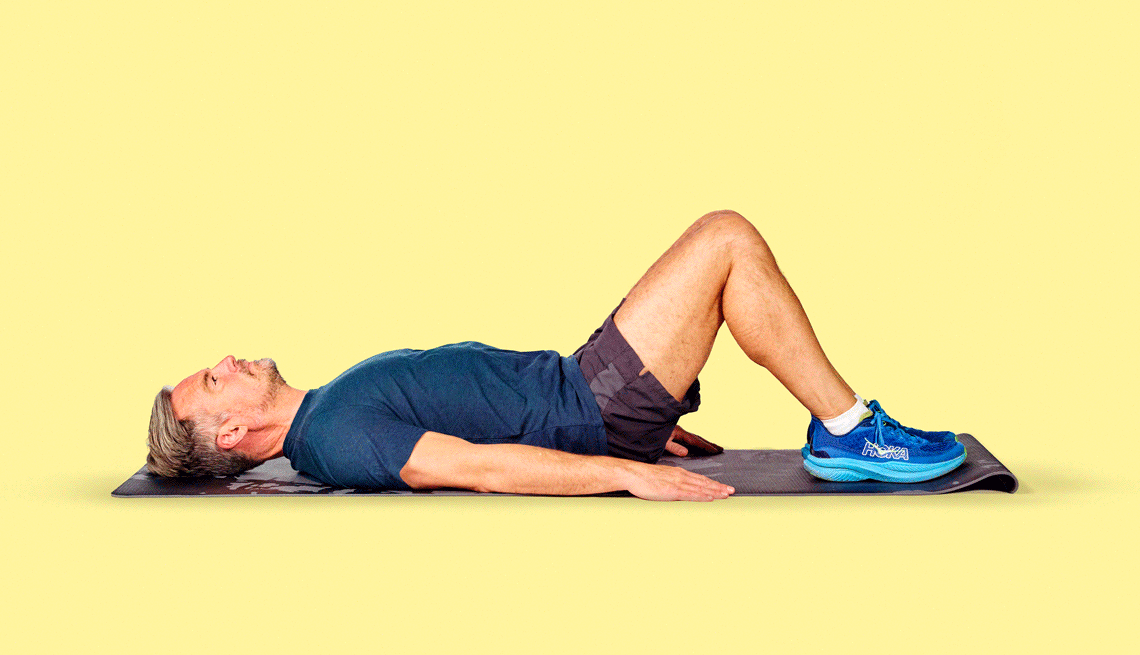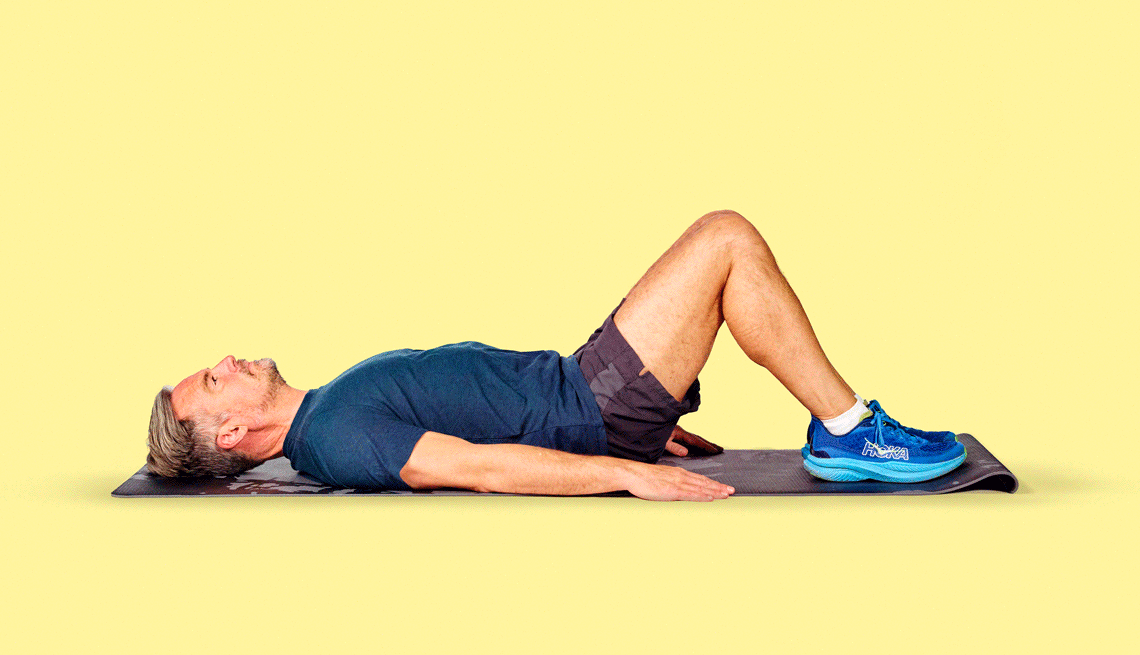AARP Hearing Center


If you’re hoping to blast away that muffin top around your waist through targeted ab exercises, here’s the hard truth — it doesn’t work that way. No specific abdominal exercise can eliminate the fat around your midsection, fitness and obesity researchers say.
To lose belly fat, the key is to lose weight overall, which means burning more calories through activity than you consume through food, says Jonathan Su, a physical therapist and fitness coach in the San Francisco Bay Area and author of 6-Minute Core Strength. The good news is that strengthening your core has numerous health benefits. While ab exercises may not zap belly fat, they are still essential for older adults because they improve balance, stability and posture, thereby reducing the risk of falls and injuries, Su says.
A 2025 systematic review published in Frontiers in Public Health found that core training helped older adults walk more steadily, move more quickly and stand on one leg longer. A strong core may also alleviate back and joint pain, and it supports everyday activities, enabling us us maintain more independence as we get older.
#1 Exercise Series
Do these to stay strong as you age
“After the age of 50, you’re losing 2 to 3 percent of your muscle mass every year,” Su says. “Your core strength also starts to become weaker. It happens so slowly that you barely notice it until all of a sudden one day you can’t get up out of a chair without pushing off your arms.”
Regular exercise not only helps with weight loss; it also can make your fat tissue healthier even if you don’t lose weight, according to a September 2024 study. In it, University of Michigan researchers compared the belly fat of people with obesity who exercised regularly for two years or more to the belly fat of a similar group who didn’t exercise. Exercise appeared to cause biological and structural changes to belly fat that could lower a person’s risk for heart disease and metabolic disorders such as Type 2 diabetes, the researchers said.
Su says your best bet is to modify your diet and follow the federal exercise guidelines: at least 150 minutes a week of moderate-intensity or 75 minutes a week of vigorous-intensity aerobic physical activity, and two days of strength training, including core work, each week.
Best ab exercise for building a strong core
If you only have time for one core exercise, Su says his favorite for those ages 50-plus is the static leg lift. You can do this move while lying in bed or on a couch if it’s tough for you to get up off the floor. Su likes the static leg lift more than sit-ups or crunches because it doesn’t require bending the spine, which can sometimes cause back pain or problems. A plank is also an effective abdominal exercise and can be more comfortable for those with back issues, according to Su, but it can be challenging to do properly without guidance.
The static leg lift engages and strengthens the muscles in your abdomen, lower back and hips by requiring them to maintain a stable position against resistance. It’s adaptable for all fitness levels.



































































You Might Also Like
Try These Tips for Living a Healthier Life
Small changes can add up to big mental and physical results
25 Foods That Won't Cause Weight Gain
Eat these to your heart's content
Is It Healthy for Older People to Be Overweight?
A doctor explains why weighing too little can be dangerous for your health